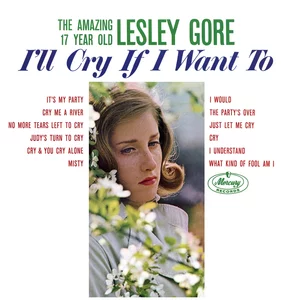The Light in the Piazza, a musical directed by Molly Smith, is a great example of an intelligent, well-acted piece of theater that, while not overly fantastic, successfully addresses a range of human relationships and emotions.
The story, adapted from a novella of the same name by Elizabeth Spencer, follows Margaret and Clara Johnson, a mother-daughter duo vacationing in Firenze, Florence during the early 1950’s. Clara is twenty-six and beautiful, yet strangely childlike, a trait that becomes more and more distinct as the play proceeds. While in an ancient Florentine piazza, she meets Fabrizio Naccarelli, a native Italian boy who works in his father’s tie shop in the city’s marketplace. It’s a love-at-first-sight connection, and the two quickly become romantically involved. This is much to the chagrin of Margaret, a mother fiercely protective of her daughter and displeased by the rapidity of the affair. She strongly insinuates that Fabrizio’s infatuation with Clara has been replicated before by other men, and that Clara’s extreme childish nature has made it impossible for her to allow relationships to develop. The first act follows Fabrizio’s relentless pursuit of Clara and Margaret’s hesitant allowance of a further bond to develop.
The Light in the Piazza differs from traditional Broadway musicals in its style, which steers away from the usual rock or popular sounds into an operatic, Neoclassical format. The songs are heavy with complex melodic structure and vibrato harmonies, and some are sung entirely in Italian, which a few characters are primarily fluent in. These are accompanied by expressive choreography in order to aid English speakers in the audience. The main flaws in the musical had nothing to do with the quality of singing or acting. Indeed one of the highlights of the performance was the energy that players inserted into their roles. Margaret Anne Florence played a convincingly childish Clara, but also ably depicted the character’s growth through the course of the performance. Nicholas Rodriguez filled his role as Fabrizio with energy, and Jonathan Raviv, Ariela Maija Morgenstern, Ken Krugman, and Mary Gutzi do a fantastic job of depicting the rest of the Naccarelli family and the strange dynamics that exist between the characters. The most notable performance in the piece was that of Hollis Resnik, who beautifully depicts Margaret Johnson as a caring and anxious mother torn between her child’s increasingly mature wants and needs, the insecurities within her own marriage, and the maternal instincts that urge her to fiercely protect Clara’s best interests.
The main flaws in the musical stem more from plot weaknesses than anything else. The audience immediately grasps that Clara is unusually innocent and naive for her age, but her mother’s extreme reluctance in allowing her to pursue a romance with Fabrizio seems unwarranted until it is revealed that she actually suffers from stilted mental development brought on by a childhood accident. We learn that when Clara was twelve, a kick from a Shetland pony rented for her birthday party rendered her unable to develop mentally and emotionally at a normal pace, though her body matures at the usual rate. Thus, though she is really six years older than Fabrizio, she relates to him and to other characters as if she was twelve. The facts about her situation came slowly and were never fully cleared up until the second act, making Clara and Margaret’s relationship difficult for the audience to fully empathize with. There is also an instance in the second act where Clara’s true age of twenty-six is revealed. The six-year age gap between the two lovers troubles Fabrizio’s father, and it takes a sizable portion of the second act for him to come to terms with. I found that particular plot development gratuitous, adding unneeded time to the performance and another obstacle to the relationship between Fabrizio and Clara that was already hindered by her mental issues and her mother’s hesitancy towards letting it develop. The musical also had the tendency to become overdramatic, the intense feelings between Clara and Fabrizio burdened by long and emotion-filled musical numbers sung with cloying sweetness.
The Light in the Piazza addresses complex family dynamics and encourages love despite obstacles, speaking out to the part in everyone that changes when faced with new places, people, and emotions. Most importantly, the musical expresses the growth that love can inspire and the difficulty of letting loved ones independently fulfill their desires. The performance was warm, enthusiastic, and eager to please, and the show is worth watching for the range of human experiences it so admirably addresses.






